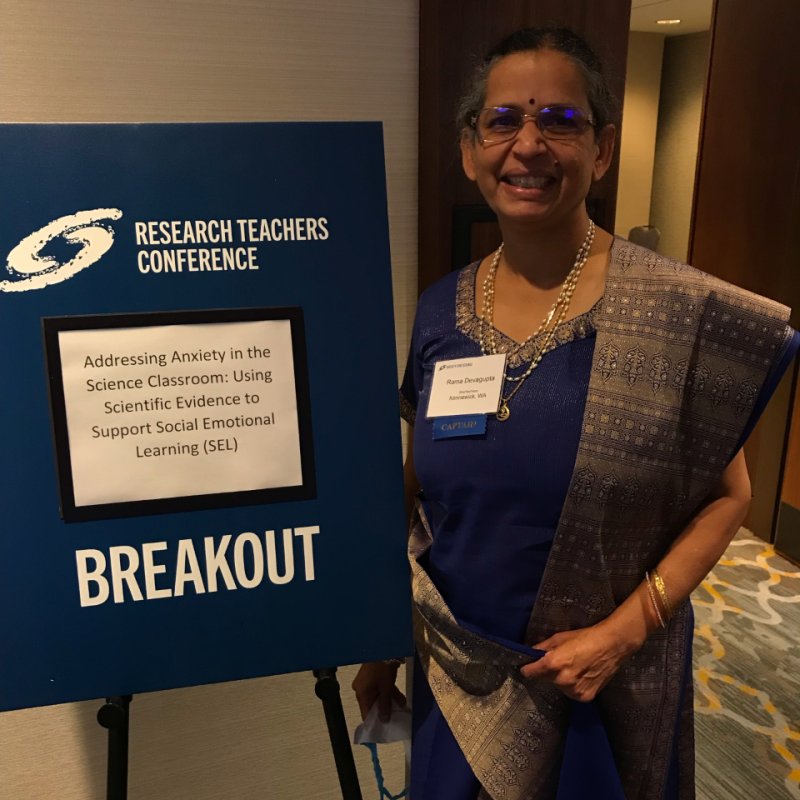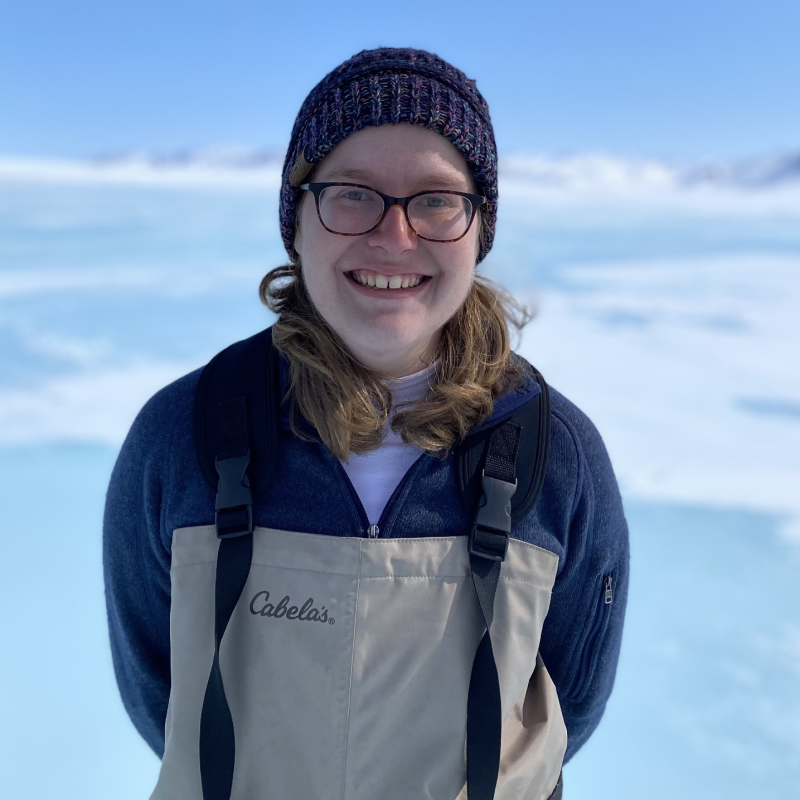Freeze or famine: do uncoupled temperature and light regimes drive unique seasonal production-demand relationships in arctic spring-stream ecosystems?
Project Information Coming Soon
Participants Involved in This Project
Rama Devagupta | Educator Fellow: 2023
Southridge High School | Kennewick, WA and Columbia Basin College | Pasco, WA
© Polar STEAM. All Rights Reserved.



